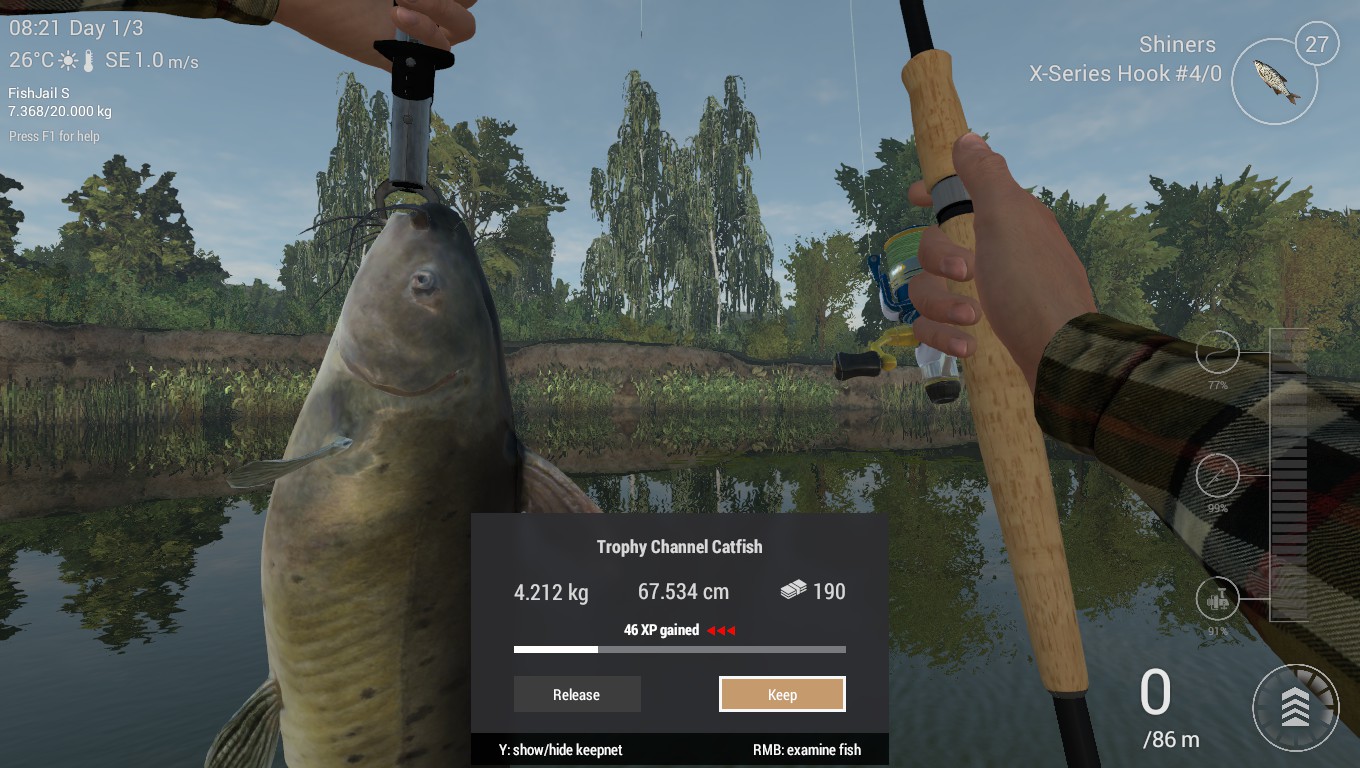

Diseases old and new are becoming more prevalent and even cropping up in places they’ve never been found before. Climate change displaces some 20 million people every year - people who need housing, medical care, food, and other essentials that put strain on already-fragile systems that are growing ever more stressed.Īll of these factors create conditions ripe for human illness. Meanwhile, the number of people experiencing extreme repercussions of a warming planet continues to grow.

Populations of species that humans rely on for sustenance are dwindling and getting pushed into ever-smaller slices of habitat, creating new zoonotic-disease hotspots. Deforestation, mining, agriculture, and urban sprawl are taking bites out of the globe’s remaining wild areas, contributing to biodiversity loss that’s occurring at a rate unprecedented in human history. These changes are not happening in a vacuum. And they’re not alone: Ticks, mosquitos, bacteria, algae, even fungi are on the move, shifting or expanding their historical ranges to adapt to climatic conditions that are evolving at an unprecedented pace. NEW YORK (AP) - People around the world are living longer, healthier lives than they were just half a century ago.Ĭlimate change threatens to undo that progress.Īcross the planet, animals - and the diseases they carry - are shifting to accommodate a globe on the fritz.


 0 kommentar(er)
0 kommentar(er)
